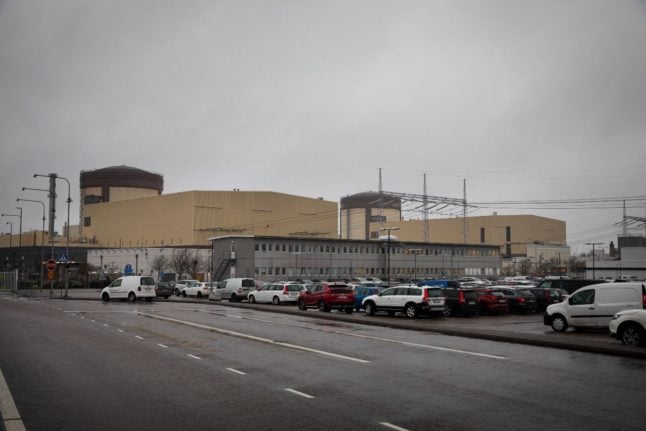Frozen rivers in the north of Sweden are affecting hydropower, weak winds are putting a damper on wind energy and the cold weather is increasing demand on Sweden’s energy market.
As if that wasn’t enough, three of Sweden’s six nuclear power plants were either switched off or running on low effect this weekend, which has led to Sweden’s oil-burning power plant in Karlshamn being switched on on Monday morning.
Energy prices in the two energy zones in northern Sweden went up to an average of 4:19 kronor per kilowatt hour on Tuesday, according to Nord Pool energy market. That’s just 8 öre lower than the historic record set on December 1st.
At the same time, daily prices in the two energy zones in southern Sweden have also risen, peaking at 4:79 kronor per kilowatt hour. For comparison, the highest prices reported in these areas is 5:18 kronor in energy zone 3 and 5:77 kronor in energy zone 4.
On top of these prices set by Nord Pool, users must pay additional fees to the energy company, energy taxes, VAT and energy network fees. Prices for individual households and companies vary dramatically, as the final energy bill is based on which agreement you have, which can vary down to the hourly level, or be fixed for a number of years.
During the high-demand hours in the morning and late afternoon, hourly prices in southern Sweden hit a high of 7:25 kronor per kilowatt hour, with northern Sweden hitting a high of 5:50 kronor per kilowatt hour.



 Please whitelist us to continue reading.
Please whitelist us to continue reading.
Member comments